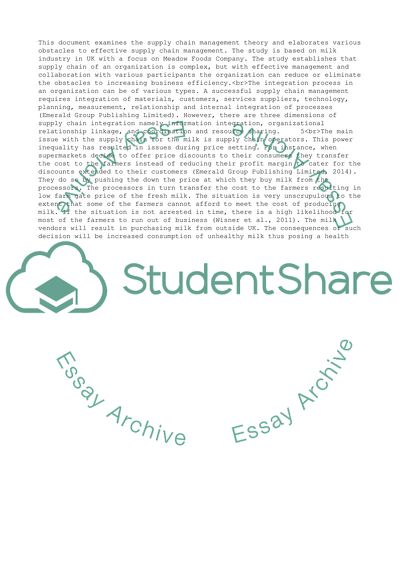Cite this document
(GLOBAL SUPPLY CHAIN MANAGEMENT Essay Example | Topics and Well Written Essays - 2750 words, n.d.)
GLOBAL SUPPLY CHAIN MANAGEMENT Essay Example | Topics and Well Written Essays - 2750 words. https://studentshare.org/management/1869480-global-supply-chain-management
GLOBAL SUPPLY CHAIN MANAGEMENT Essay Example | Topics and Well Written Essays - 2750 words. https://studentshare.org/management/1869480-global-supply-chain-management
(GLOBAL SUPPLY CHAIN MANAGEMENT Essay Example | Topics and Well Written Essays - 2750 Words)
GLOBAL SUPPLY CHAIN MANAGEMENT Essay Example | Topics and Well Written Essays - 2750 Words. https://studentshare.org/management/1869480-global-supply-chain-management.
GLOBAL SUPPLY CHAIN MANAGEMENT Essay Example | Topics and Well Written Essays - 2750 Words. https://studentshare.org/management/1869480-global-supply-chain-management.
“GLOBAL SUPPLY CHAIN MANAGEMENT Essay Example | Topics and Well Written Essays - 2750 Words”. https://studentshare.org/management/1869480-global-supply-chain-management.


